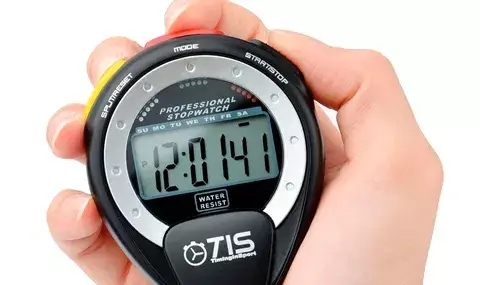29/10/2024: Voici les nouvelles actualités:
Proteus 8.17 SP5 disponible

Le cinquième Service Pack pour Proteus version 8.17 a été publié. Il contient principalement des corrections suite aux retours des clients.

Explorez comment les timers watchdog peuvent sauver vos systèmes en cas de blocage, un indispensable pour assurer fiabilité et robustesse dans l’électronique moderne!

Découvrez comment des filaments invisibles, appelés moustaches d’étain, peuvent compromettre la fiabilité de vos circuits et mettez vos connaissances en ingénierie à l’épreuve !

Plongez dans l’univers des écrans TFT et découvrez comment ces technologies de pointe transforment nos appareils quotidiens, tout en répondant aux exigences croissantes des utilisateurs modernes !
